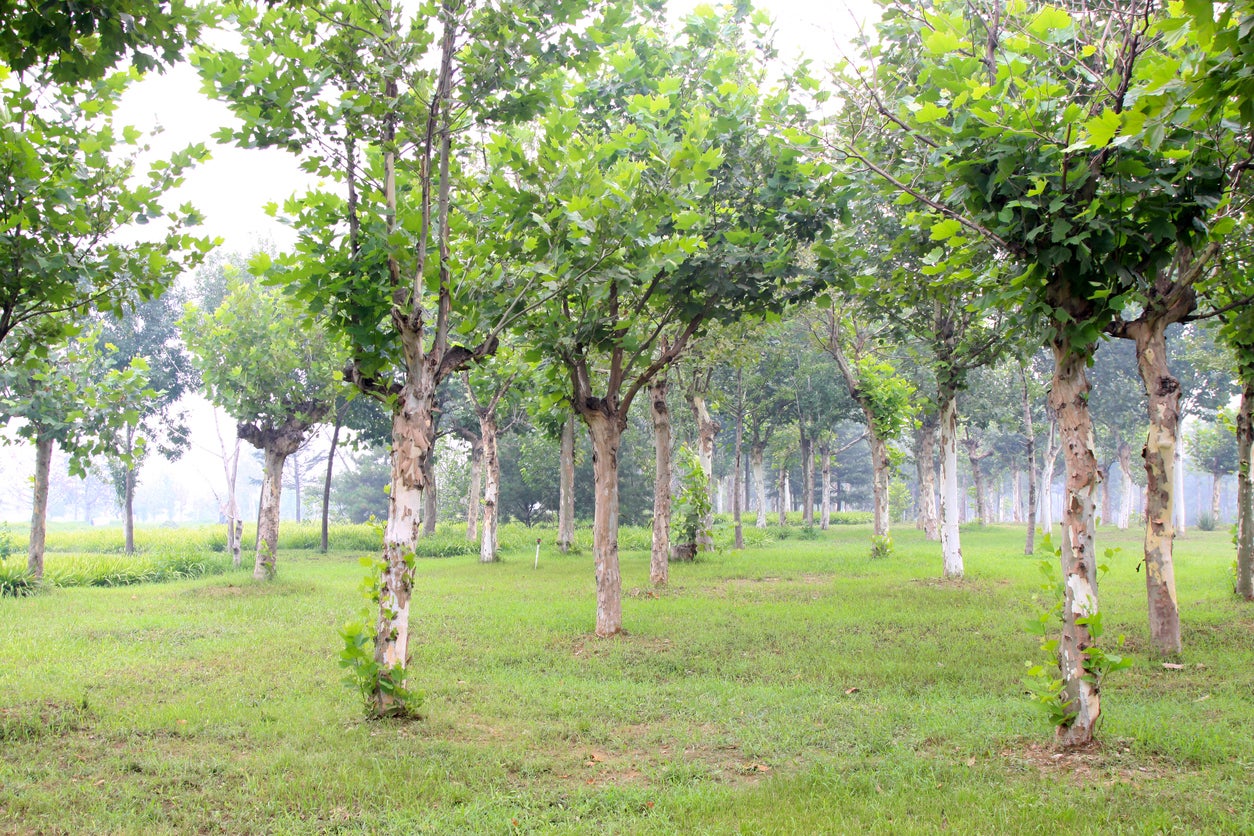Oriental Plane Tree Info: Learn About Oriental Plane Trees


What is an oriental plane tree? It is a deciduous tree species that can be an attractive shade tree in the backyard, but is also used commercially. Its hard, dense wood is used to make furniture. If you want to know more about oriental plane trees, read on. You’ll find lots of oriental plane tree info plus tips on growing an oriental plane tree.
What is an Oriental Plane?
You may be familiar with the popular London plane tree (Platanus x acerifolia), with its maple-like leaves and small spiky fruit. It is a hybrid, and the oriental plane tree (Platanus orientalis) is one of its parents.
The oriental plant has very lovely maple-like leaves as well. They are a rich green and more deeply lobed than the London plane tree. The trees can grow past 80 feet (24 m.) in height with hard, tough wood used to make items like butcher blocks and other furniture. The trees develop quickly, shooting up to 36 inches (91 cm.) per year.
Once established, a plane tree is likely to be there for a while. Oriental plane tree information suggests that the trees can live for 150 years. Oriental plane trees are extremely attractive in the garden. The bark is ivory and flakes to reveal a slightly different color of bark beneath. According to oriental plant tree information, these shade trees produce small flowers in spring. Over time, the blossoms develop into round, dry fruits. They grow on drooping stalks, usually in groups.
Growing an Oriental Plane Tree
In the wild, oriental plane trees grow by streams and in riverbeds. So, if you want to start growing an oriental plant tree, you’ll need to plant the tree on moist soil. Otherwise, oriental plane trees are not demanding.
They thrive in full sun or partial shade. They grow happily on soil that is acidic or alkaline. According to oriental plane tree info, these trees require little maintenance.
On the other hand, oriental plane trees are vulnerable to several conditions that can impact their health. For example, canker stain and stem canker can damage trees and even kill them. If the weather is particularly wet, the trees can develop anthracnose. They may be attacked by lace bugs as well.
Sign up for the Gardening Know How newsletter today and receive a free copy of our e-book "How to Grow Delicious Tomatoes".

Teo Spengler is a master gardener and a docent at the San Francisco Botanical Garden, where she hosts public tours. She has studied horticulture and written about nature, trees, plants, and gardening for more than two decades, following a career as an attorney and legal writer. Her extended family includes some 30 houseplants and hundreds of outdoor plants, including 250 trees, which are her main passion. Spengler currently splits her life between San Francisco and the French Basque Country, though she was raised in Alaska, giving her experience of gardening in a range of climates.